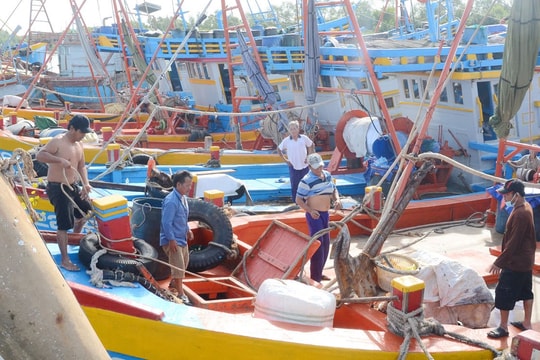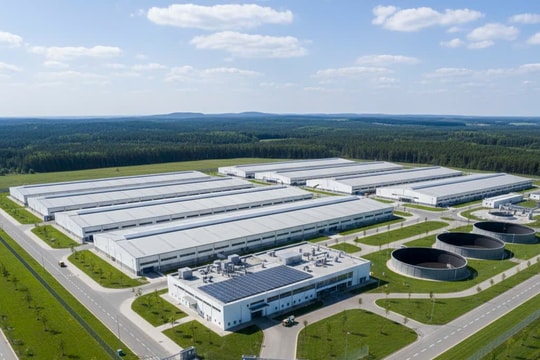
Geographical Advantages and Existing Infrastructure
Da Nang and Quang Nam lie at the heart of Central Vietnam, strategically positioned to facilitate trade between the northern and southern regions and with ASEAN countries. Da Nang's Tien Sa Port, one of the most modern deep-water seaports in Vietnam, can accommodate large container ships with a capacity of up to 50,000 DWT. This port plays a crucial role not only in transshipping goods from the central region to major markets but also as the main gateway of the East-West Economic Corridor (EWEC). This corridor traverses Myanmar, Thailand, Laos, and ends in Da Nang, opening significant opportunities for international trade connectivity.
Quang Nam is equally noteworthy with its Chu Lai Open Economic Zone—the first coastal economic zone in Vietnam. Chu Lai features integrated infrastructure, rapidly developing industrial clusters, and export processing zones that create favorable conditions for logistics businesses. The upgraded Ky Ha Port and Chu Lai Airport further support the growing transportation needs, making them strategic trade points connecting major industrial areas such as Dung Quat, Tam Thang, and neighboring localities.

Challenges in Transportation Infrastructure and Technology
Despite its immense potential, Da Nang and Quang Nam face difficulties in developing synchronized transportation infrastructure. The road and rail networks linking industrial centers and seaports have not yet kept up with the growing demand for cargo transport. Major highways like National Highway 1A and National Highway 14B often suffer from congestion, impacting delivery times and logistics costs.
Moreover, supply chain management technology in Central Vietnam lags behind international standards. Most logistics companies still use traditional management methods, while the adoption of advanced technologies such as artificial intelligence (AI), big data, and the Internet of Things (IoT) remains limited. This leads to inefficiencies in supply chain control and resource waste.
Recognizing this issue, a leader in the Da Nang Department of Transport stated: “We are fully aware that improving transportation infrastructure and adopting new technologies are essential for the logistics sector's growth. We are actively coordinating with businesses and the government to devise strategic solutions.”

Solutions to Promote and Attract Investment
To address existing weaknesses and maximize potential, several key solutions should be prioritized:
- Upgrading and Developing Transportation Infrastructure: Investment in modern road and rail networks connecting seaports, airports, and industrial zones is crucial. The government should encourage public-private partnership (PPP) projects to optimize funding and implementation efficiency. Additionally, the development of modern logistics centers with comprehensive facilities will enhance the region's competitiveness in the global market.
- Digital Transformation and Advanced Technology Adoption: To keep pace with global trends, logistics businesses need to accelerate the adoption of technology in management and operations. Implementing automated logistics management systems, blockchain for information transparency, and real-time cargo tracking systems will significantly improve operational performance. Local authorities can support these efforts by organizing specialized workshops and training programs to encourage businesses to access new technologies.
- Enhancing Cooperation and Workforce Training: A highly skilled workforce is essential for the success of any industry. Establishing partnerships between universities, vocational training centers, and domestic and international companies will elevate the professional skills of the local workforce and foster the development of a new generation of logistics experts.
The key for Central Vietnam to become a top logistics hub is not just its geographical location but also its ability to innovate technology and train human resources. These solutions must be implemented comprehensively to ensure sustainable development.

Central Vietnam, particularly Da Nang and Quang Nam, is facing a significant opportunity to develop into a leading logistics hub in the region. However, infrastructure and technology challenges cannot be resolved overnight. Close collaboration among government bodies, businesses, and the international community is essential to overcome difficulties and leverage the inherent advantages. Only then will Central Vietnam truly advance, creating an important boost for Vietnam's economy and solidifying the country’s position in the global supply chain.


.jpg)

.jpg)


.jpg)



.jpg)
.png)
.png)
.png)


.png)
.png)






.png)

